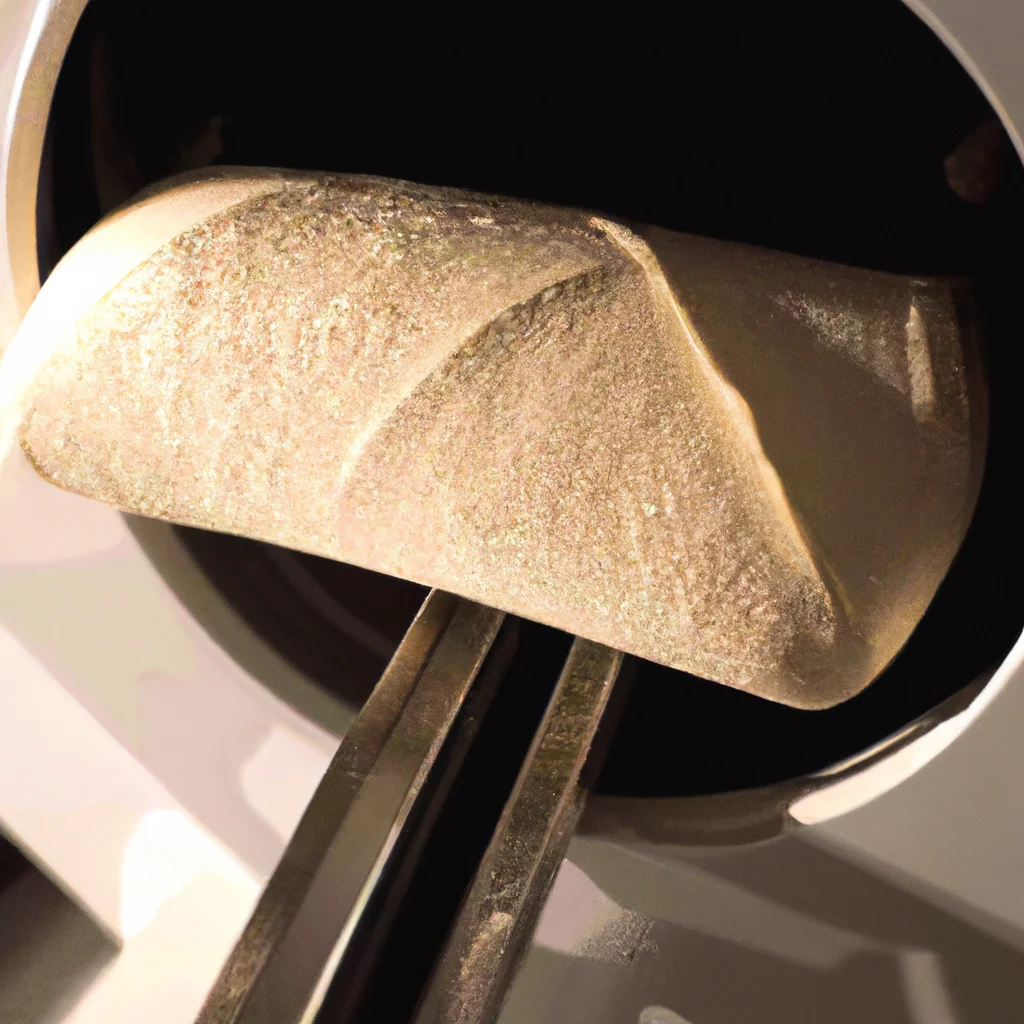How does a bread machine make bread?


How does a bread machine make bread?
Bread is a staple food in many households, and there’s nothing quite like the aroma of freshly baked bread filling your kitchen. While baking bread at home can be a laborious process, a bread machine can make it as easy as pressing a button. A bread machine is a kitchen appliance that automates the process of making bread, eliminating the need for manual kneading and rising. In this article, we’ll explore the workings of a bread machine and how it makes bread.
How to Make Bread in a Bread Machine
Making bread in a bread machine is a simple process. Here are the steps involved:
1. Gather your ingredients – flour, yeast, salt, sugar, butter/oil, and water/milk.
2. Add the ingredients to the bread machine pan in the order recommended by the manufacturer. Typically, the order is liquid ingredients first, followed by dry ingredients, and then yeast last.
3. Select the bread type and crust color on the machine’s control panel.
4. Press the start button, and the machine will take care of the rest.
The Science of Making Bread in a Bread Machine
The bread machine automates the process of making bread by controlling the temperature, mixing, kneading, rising, and baking. The machine has a built-in heating element and a motorized paddle or kneading blade. The heating element provides consistent heat to the dough, while the paddle/kneading blade mixes and kneads the dough.
When the ingredients are added to the bread machine pan, the motorized paddle or kneading blade starts mixing the ingredients together. As the dough forms, the blade continues to knead it until it becomes smooth and elastic. The kneading process helps to develop gluten, which gives the bread its structure and texture.
Once the dough is kneaded, the bread machine controls the temperature and humidity to facilitate the rising process. The machine creates a warm and moist environment that encourages the yeast to grow and produce carbon dioxide. This gas gets trapped in the dough, causing it to rise.
When the rising process is complete, the machine heats up again to bake the bread. The heating element provides the necessary heat to cook the bread and create a crispy crust. The bread machine also controls the baking time to ensure that the bread is fully cooked.
Bread Making Tips
Making bread in a bread machine is a straightforward process, but there are some tips that can help you achieve better results:
- Use fresh ingredients – stale flour or yeast can affect the quality of the bread.
- Measure the ingredients accurately – use a kitchen scale for best results.
- Follow the recipe – bread recipes are designed to work with specific ratios of ingredients.
- Check the dough consistency – if the dough is too dry or wet, adjust the liquid/flour ratio.
- Grease the kneading blade – this will prevent the dough from sticking to the blade.
- Remove the bread from the machine immediately after baking – this will prevent the bread from becoming soggy.
Gluten-Free Bread
If you’re looking to make gluten-free bread in a bread machine, there are a few things to keep in mind. Gluten-free bread requires different ratios of ingredients and may require a different rising and baking time. It’s important to use gluten-free flour and yeast, and to follow a recipe specifically designed for gluten-free bread. Some bread machines also have a gluten-free setting that adjusts the temperature and rising time for gluten-free bread.
Conclusion
In conclusion, a bread machine is a convenient and easy way to make homemade bread. By automating the process of making bread, the machine takes the hard work out of baking and allows you to enjoy fresh bread without the hassle. Whether you’re making a traditional yeast bread or a gluten-free loaf, the bread machine can help you achieve consistent and delicious results. By following the tips and recipes provided, you can become a bread-making pro in no time.
Recent Posts
How do I create an engaging and informative online quiz or assessment?
Creating an engaging and informative online quiz or assessment can be a powerful tool for… Read More
What are the most effective methods for managing and reducing work-related stress in the hospitality industry?
Work-related stress is a common issue in the hospitality industry, where employees often face long… Read More
How can I improve my assertiveness and communication skills in a leadership position?
In a leadership position, assertiveness and effective communication skills are crucial for success. Being able… Read More
What are the key elements of a successful employee recognition and rewards program?
Employee recognition and rewards programs play a crucial role in motivating and engaging employees, as… Read More
How do I effectively manage and respond to customer feedback and reviews?
Customer feedback and online reviews play a crucial role in shaping a company's reputation and… Read More
What are the best strategies for effective time management as a stay-at-home parent?
Effective time management is crucial for stay-at-home parents who juggle multiple responsibilities on a daily… Read More